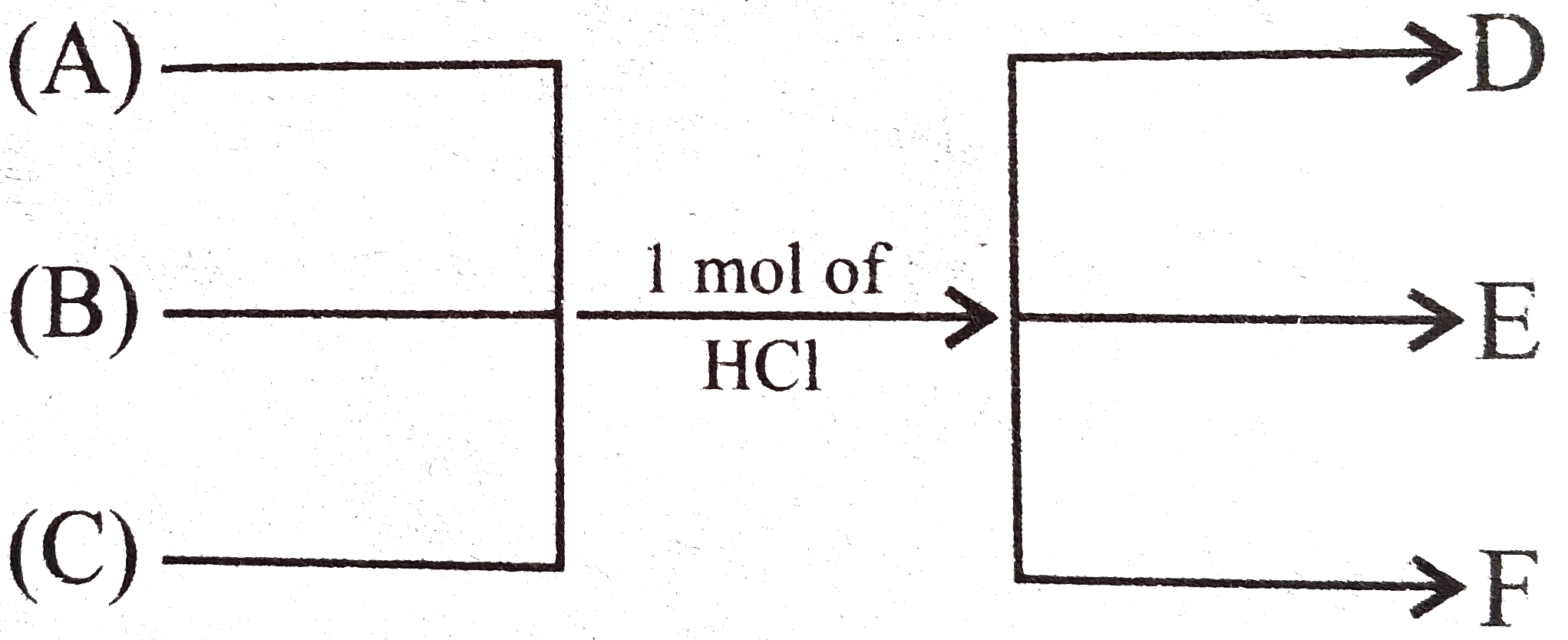Ethyne (C2H2) is unsaturated hydrocarbon. Explain.
Step-by-Step Solution:
1. Definition of Hydrocarbons: Hydrocarbons are organic compounds made up entirely of hydrogen and carbon atoms. They can be classified into two main categories: saturated and unsaturated hydrocarbons.
2. Saturated vs. Unsaturated Hydrocarbons:
- Saturated hydrocarbons contain only single bonds between carbon atoms. They have the maximum number of hydrogen atoms attached to the carbon skeleton (e.g., alkanes like ethane, C2H6).
- Unsaturated hydrocarbons contain one or more double or triple bonds between carbon atoms. This means they have fewer hydrogen atoms compared to saturated hydrocarbons with the same number of carbon atoms.
3. Structure of Ethyne:
- Ethyne, also known as acetylene, has the chemical formula C2H2.
- Its structure consists of two carbon atoms connected by a triple bond (C≡C), and each carbon atom is also bonded to one hydrogen atom.
4. Presence of Multiple Bonds:
- The triple bond in ethyne indicates that it is an unsaturated hydrocarbon. The presence of this multiple bond means that ethyne does not have the maximum number of hydrogen atoms that could be attached to the carbon atoms.
5. Conclusion:
- Since ethyne contains a triple bond between its carbon atoms, it is classified as an unsaturated hydrocarbon.
- Saturated hydrocarbons contain only single bonds between carbon atoms. They have the maximum number of hydrogen atoms attached to the carbon skeleton (e.g., alkanes like ethane, C2H6).
- Unsaturated hydrocarbons contain one or more double or triple bonds between carbon atoms. This means they have fewer hydrogen atoms compared to saturated hydrocarbons with the same number of carbon atoms.
- Ethyne, also known as acetylene, has the chemical formula C2H2.
- Its structure consists of two carbon atoms connected by a triple bond (C≡C), and each carbon atom is also bonded to one hydrogen atom.
- The triple bond in ethyne indicates that it is an unsaturated hydrocarbon. The presence of this multiple bond means that ethyne does not have the maximum number of hydrogen atoms that could be attached to the carbon atoms.
- Since ethyne contains a triple bond between its carbon atoms, it is classified as an unsaturated hydrocarbon.
Topper's Solved these Questions
- BOOK - ICSECHAPTER - ORGANIC CHEMISTRY EXERCISE - IMPORTANT QUESTIONS FOR REVISION79videos
ORGANIC CHEMISTRY
- BOOK - ICSECHAPTER - ORGANIC CHEMISTRY EXERCISE - IMPORTANT QUESTIONS FOR REVISION (TRUE OR FALSE)6videos
ORGANIC CHEMISTRY
- BOOK - ICSECHAPTER - ORGANIC CHEMISTRY EXERCISE - QUESTIONS55videos
ORGANIC CHEMISTRY
- BOOK - ICSECHAPTER - MOLE CONCEPT AND STOICHIOMETRYEXERCISE - ASSERTION AND REASON BASED QUESTIONS1videos
MOLE CONCEPT AND STOICHIOMETRY
- BOOK - ICSECHAPTER - PART B (STIOCHIOMETRY) PRECENTAGE COMPOSITION - EMPIRICAL & MOLECULAR FORMULA CHEMICAL EQUATION CALCULATIONSEXERCISE - Questions (G : Chemical Equations)17videos
PART B (STIOCHIOMETRY) PRECENTAGE COMPOSITION - EMPIRICAL & MOLECULAR FORMULA CHEMICAL EQUATION CALCULATIONS
Similar Questions
The unsaturated hydrocarbons undergo :
View SolutionDefine saturated hydrocarbon and explain that C2H6 is a saturated hydrocarbon.
View SolutionPent-2-yne is unsaturated hydrocarbon. True/False
View Solution2-MethylPentane is unsaturated hydrocarbon. True/False
View SolutionWhich of the following is unsaturated hydrocarbon?
View SolutionFrom the organic compounds given below, choose one compound in case which relates to the description
[Ethyne, ethanol, acetic acid, ethene]
An unsaturated hydrocarbon used for welding.View Solutioni. (A), a compound with lowest number of C atoms, is unsaturated hydrocarbon and is optically active.
ii. (B), a compound with lowest number of C atoms, is unsaturated hydrocarbon and shows diastereomerism.
iii. (C), a compound with lowest number of C atoms and unsaturated hydrocarbon, shows both optical and geometrical isomerism.
Following is the reaction sequence of A, B, and C.

The structure of compound (C) is:View Solutioni. (A), a compound with lowest number of C atoms, is unsaturated hydrocarbon and is optically active.
ii. (B), a compound with lowest number of C atoms, is unsaturated hydrocarbon and shows diastereomerism.
iii. (C), a compound with lowest number of C atoms and unsaturated hydrocarbon, shows both optical and geometrical isomerism.
Following is the reaction sequence of A, B, and C.

The structure of compound (A) is:View Solutioni. (A), a compound with lowest number of C atoms, is unsaturated hydrocarbon and is optically active.
ii. (B), a compound with lowest number of C atoms, is unsaturated hydrocarbon and shows diastereomerism.
iii. (C), a compound with lowest number of C atoms and unsaturated hydrocarbon, shows both optical and geometrical isomerism.
Following is the reaction sequence of A, B, and C.

The structure of compound (D) is:View Solutioni. (A), a compound with lowest number of C atoms, is unsaturated hydrocarbon and is optically active.
ii. (B), a compound with lowest number of C atoms, is unsaturated hydrocarbon and shows diastereomerism.
iii. (C), a compound with lowest number of C atoms and unsaturated hydrocarbon, shows both optical and geometrical isomerism.
Following is the reaction sequence of A, B, and C.

The structure of compound (E) is:View Solution

